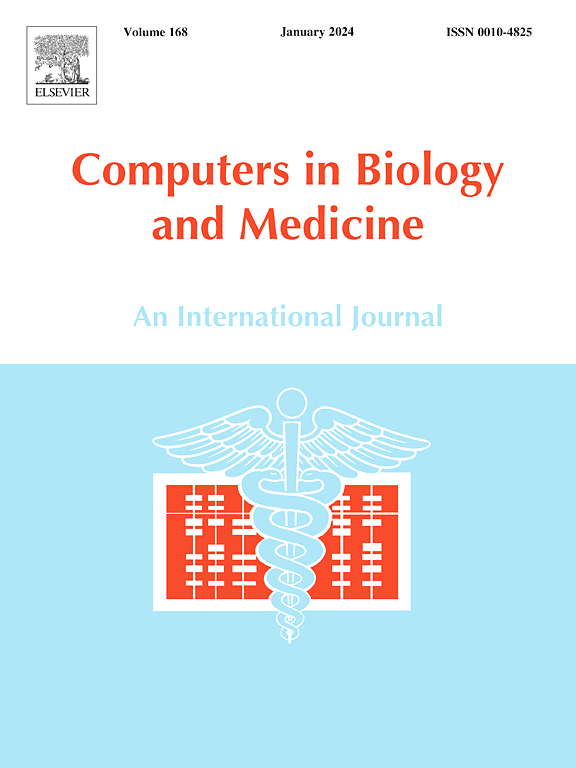The critical role of COL1A1 revealed by integrated bioinformatics analysis of differentially-expressed genes in colorectal cancer and inflammatory bowel disease
IF 7
2区 医学
Q1 BIOLOGY
引用次数: 0
Abstract
Purpose
There is an urgent need to identify biomarkers of tumorigenesis for colitis-associated cancer (CAC) as early cancer detection remains crucial for patients with inflammatory bowel disease (IBD). This in silico study examines the relationship between IBD and CAC, with particular regard to differentially-expressed genes (DEGs).
Methods
Integrated bioinformatics tools and public databases were employed. Data from GEO (GSE102133, GSE48958, GSE9348, GSE83687, GSE138202) were processed using GEOexplorer. DEGs were then functionally annotated with DAVID, SRplot, and integrated analysis via Metascape. Validation used Oncopression and Human Protein Atlas. Survival analysis employed GEPIA2. miRNA interactions were studied via miRTargetLink 2.0. Immune infiltration was analyzed with TIMER 2.0. COL1A1 expression and mutations were examined using cBioPortal, Kaplan-Meier plotter, and DNA methylation was analyzed using MethSurv. Correlation of COL1A1 gene promoter methylation with tissue type and clinical data was performed using the UALCAN database. The ROC analysis of COL1A1 was conducted in the R environment.
Results
Our analysis identified three potential hub genes (ICAM1, LAMC1, and COL1A1), which are overexpressed in IBD and cancer tissues compared to normal tissue, and hence may play a role in CAC. Furthermore, patients with lower COL1A1 expression had longer disease-free survival (p = 0.01) than those with higher expression. Therefore, this gene was chosen for further analysis and identified as the most crucial.
Conclusion
COL1A1 reveals significant immunohistochemistry, mutations, and methylation data. Further studies involving machine learning and clinical data are required to validate the results.
求助全文
约1分钟内获得全文
求助全文
来源期刊

Computers in biology and medicine
工程技术-工程:生物医学
CiteScore
11.70
自引率
10.40%
发文量
1086
审稿时长
74 days
期刊介绍:
Computers in Biology and Medicine is an international forum for sharing groundbreaking advancements in the use of computers in bioscience and medicine. This journal serves as a medium for communicating essential research, instruction, ideas, and information regarding the rapidly evolving field of computer applications in these domains. By encouraging the exchange of knowledge, we aim to facilitate progress and innovation in the utilization of computers in biology and medicine.
 求助内容:
求助内容: 应助结果提醒方式:
应助结果提醒方式:


